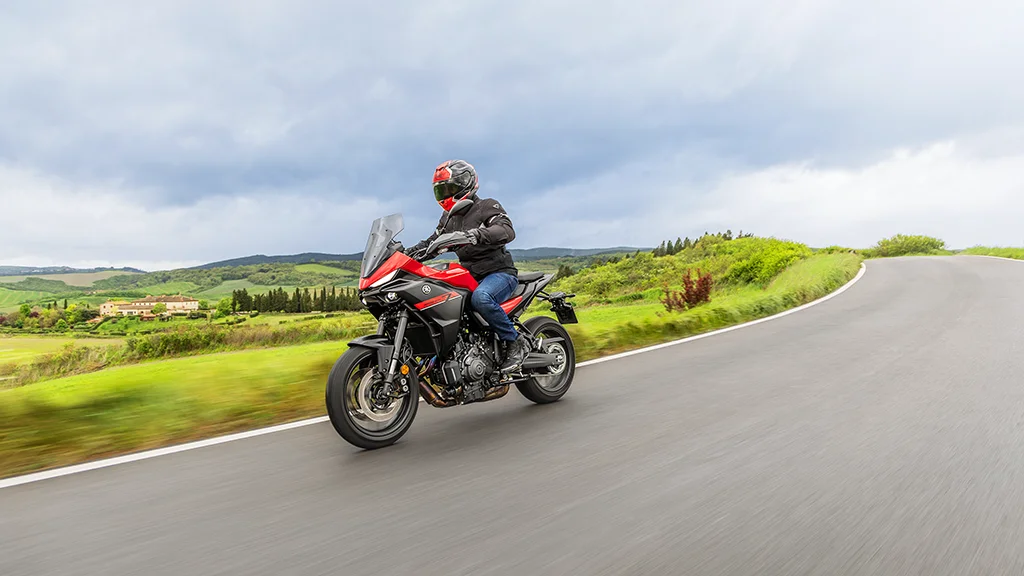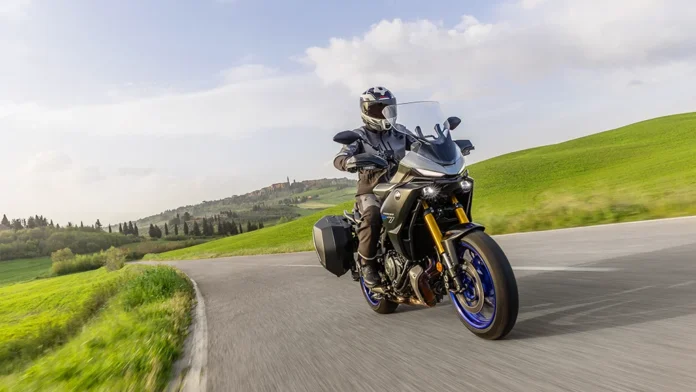Automatic Bikes Are Coming: Will the Clutch Survive?
For decades, the clutch lever has been a sacred part of motorcycling. It was the ritual every rider learned first. Pull the lever, ease the throttle, feel the gearbox connect as the bike surges forward. It was mechanical. It was personal. It felt like part of the bond between rider and machine.
Now that the bond is changing fast.
Watch the full video below:
Manufacturers are introducing new technology that automates some or all of the shifting work. Honda brought DCT into the mainstream. Yamaha has announced the Y-AMT for the TRACER 7 family. Honda then introduced the E-Clutch as a more subtle step forward. None of these are scooter shortcuts. These are full-power motorcycles with real gearboxes. They let the electronics handle the clutch and shifting when you want them to.
What’s Driving the Shift Toward Clutchless Motorcycles?
1. Traffic
Modern commuting is slow, busy, and full of stop-start misery. Constant clutch work feels less like romance and more like a wrist workout you never asked for. In contrast, automated systems or clutchless motorcycles reduce that strain, making daily riding smoother.
2. Technology.
Ride-by-wire throttles and advanced ECUs can coordinate clutch, throttle, and gear engagement with astonishing precision. They offer safer, smoother shifts without dulling the thrill of acceleration.
3. New riders.
A generation raised on automatic cars and electric vehicles often loves the idea of biking but hesitates at clutch control. New riders see automatic bikes as a friendlier entry point. These systems lower the entry barrier and help motorcycling stay relevant in a changing world.

Each system takes a different approach. Honda DCT uses twin clutches for lightning-fast shifts. The Yamaha Y AMT automates a regular gearbox, giving the rider complete control to switch between auto and manual modes. Whereas the Honda Clutch works quietly in the background, still allowing you to pull the lever whenever you want, providing the familiar feel.
Purists argue that clutch work is part of the craft. They are not wrong. There is absolute satisfaction in a perfect upshift or a smooth rev-matched downshift. But for every rider who loves the lever, another is happy to skip feathering it for an entire rush hour commute. These systems do not erase the skill. They give riders a choice.
Are manuals disappearing? Not yet. Manual bikes still dominate sales, and many riders will always prefer them. But the trend is clear. The future is less about replacing the clutch and more about offering different ways to ride. You pick how much involvement you want, just like choosing ride modes or traction control.
The good news? This is not the end of real motorcycling. It is simply another evolution. Riders once feared fuel injection, ABS, and traction control. Now we rely on all of them. Automated shifting is just another step forward. It opens the door for more riders, eases the daily grind, and gives seasoned riders new options without taking away the old ones.
Whether you stick with the lever or try the latest tech, the important thing is that motorcycling continues to grow and adapt. And if this new wave of systems brings more people into the community, that can only be a win.
Ride safe, stay curious, and keep those sprockets spinning.



